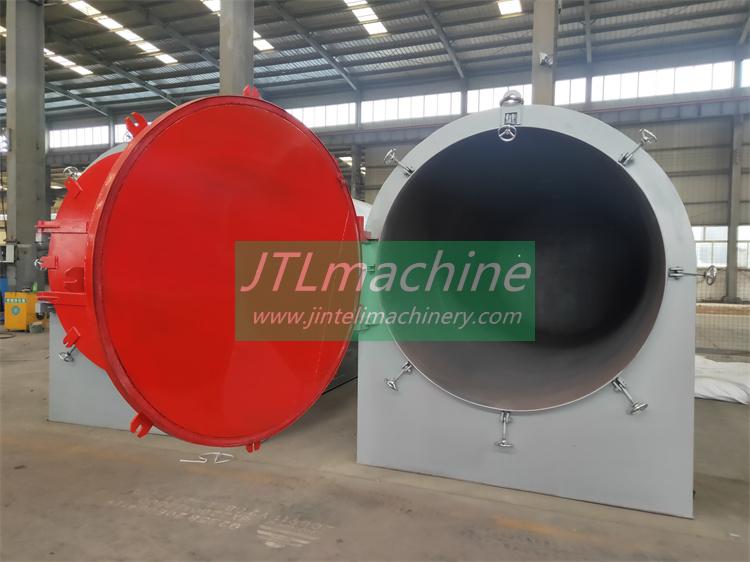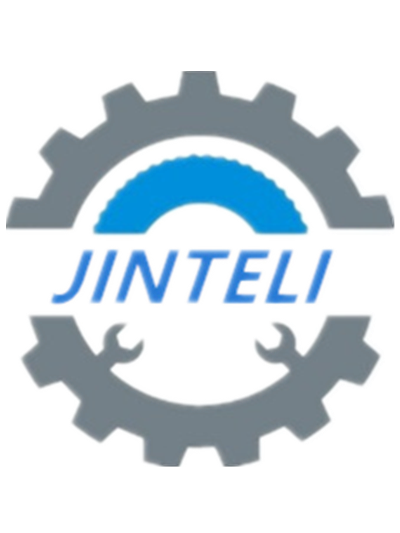Exploring the Efficiency of charcoal making Ovens and horizontal carbonization equipment
Charcoal making ovens and horizontal carbonization equipment are integral components in the production of charcoal, a versatile and widely used fuel source. These tools are designed to transform raw materials, such as wood, into charcoal through a process known as carbonization. This process involves heating the material to high temperatures in a low-oxygen environment, which results in the production of charcoal. The efficiency of these tools is paramount to the overall productivity and profitability of charcoal production.
Charcoal making ovens, also known as kilns, are traditional tools used in the carbonization process. These ovens are typically constructed from brick or metal and are designed to control the amount of oxygen that reaches the material being carbonized. This is achieved by adjusting the oven’s vents or doors, which allows the operator to control the rate of carbonization. The efficiency of a charcoal making oven is largely dependent on its design and the skill of the operator. A well-designed oven that is properly operated can produce high-quality charcoal in a relatively short amount of time.
However, traditional charcoal making ovens have their limitations. They can be labor-intensive to operate and may not be as efficient as more modern methods of carbonization. This is where horizontal carbonization equipment comes into play. This type of equipment is designed to automate the carbonization process, which can significantly increase efficiency and reduce labor costs.
Horizontal carbonization equipment operates on the same basic principle as a charcoal making oven. It heats the material to high temperatures in a low-oxygen environment to produce charcoal. However, the process is automated, which means it requires less manual labor. The equipment is also designed to be more energy-efficient, which can result in lower operating costs.
One of the key advantages of horizontal carbonization equipment is its ability to process large amounts of material at once. This is due to its horizontal design, which allows for a larger capacity than traditional vertical ovens. This increased capacity can significantly boost productivity, making horizontal carbonization equipment an attractive option for large-scale charcoal producers.
Another advantage of horizontal carbonization equipment is its ability to produce a consistent product. Because the carbonization process is automated, the equipment can maintain a consistent temperature and oxygen level, which can result in a more uniform product. This can be particularly beneficial for producers who need to meet specific quality standards.

In conclusion, both charcoal making ovens and horizontal carbonization equipment play a crucial role in the production of charcoal. While traditional ovens can be effective, they may not be as efficient or as capable of producing a consistent product as horizontal carbonization equipment. This type of equipment offers several advantages, including increased capacity, reduced labor costs, and improved product consistency. Therefore, for those looking to maximize efficiency and productivity in charcoal production, horizontal carbonization equipment may be the optimal choice.





